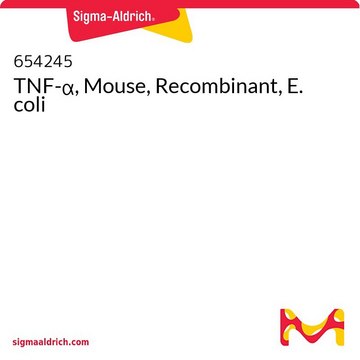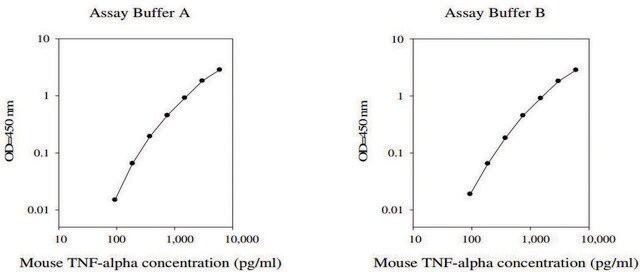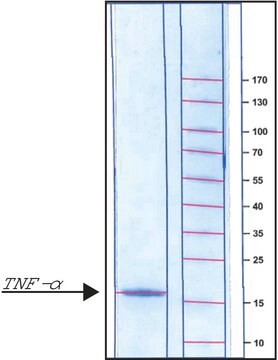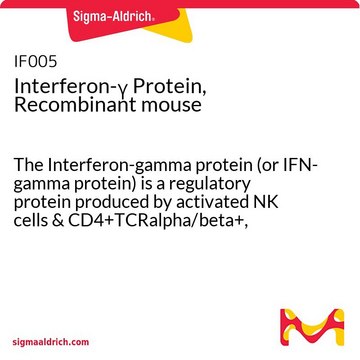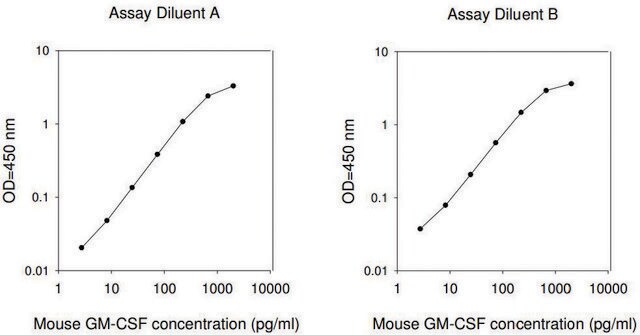T7539
Tumor Necrosis Factor-α from mouse
≥95%, recombinant, expressed in E. coli, powder, suitable for cell culture
Synonym(s):
mTNF-α, TNF-α
About This Item
Recommended Products
Product Name
Tumor Necrosis Factor-α from mouse, TNF-α, recombinant, expressed in E. coli, powder, suitable for cell culture
biological source
mouse
Quality Level
recombinant
expressed in E. coli
Assay
≥95%
form
powder
potency
0.01-0.5 ng/mL EC50
mol wt
17 kDa
packaging
pkg of 10 μg
pkg of 50 μg
storage condition
avoid repeated freeze/thaw cycles
technique(s)
cell culture | mammalian: suitable
impurities
≤1 EU/μg protein endotoxin
color
white
solubility
water: soluble
UniProt accession no.
storage temp.
−20°C
Gene Information
mouse ... Tnf(21926)
Application
- to activate MS1 endothelium cells
- to induce lipolysis in adipocytes
- to study its effect on liganded and unliganded glucocorticoid receptor (GR) in interleukin (IL)-6 and IL-8 gene regulation
Biochem/physiol Actions
Unit Definition
Physical form
Signal Word
Warning
Hazard Statements
Precautionary Statements
Hazard Classifications
Eye Irrit. 2 - Skin Irrit. 2
Storage Class Code
11 - Combustible Solids
WGK
WGK 3
Flash Point(F)
Not applicable
Flash Point(C)
Not applicable
Personal Protective Equipment
Choose from one of the most recent versions:
Already Own This Product?
Find documentation for the products that you have recently purchased in the Document Library.
Customers Also Viewed
Articles
Lipid Induced Insulin Resistance
Our team of scientists has experience in all areas of research including Life Science, Material Science, Chemical Synthesis, Chromatography, Analytical and many others.
Contact Technical Service
